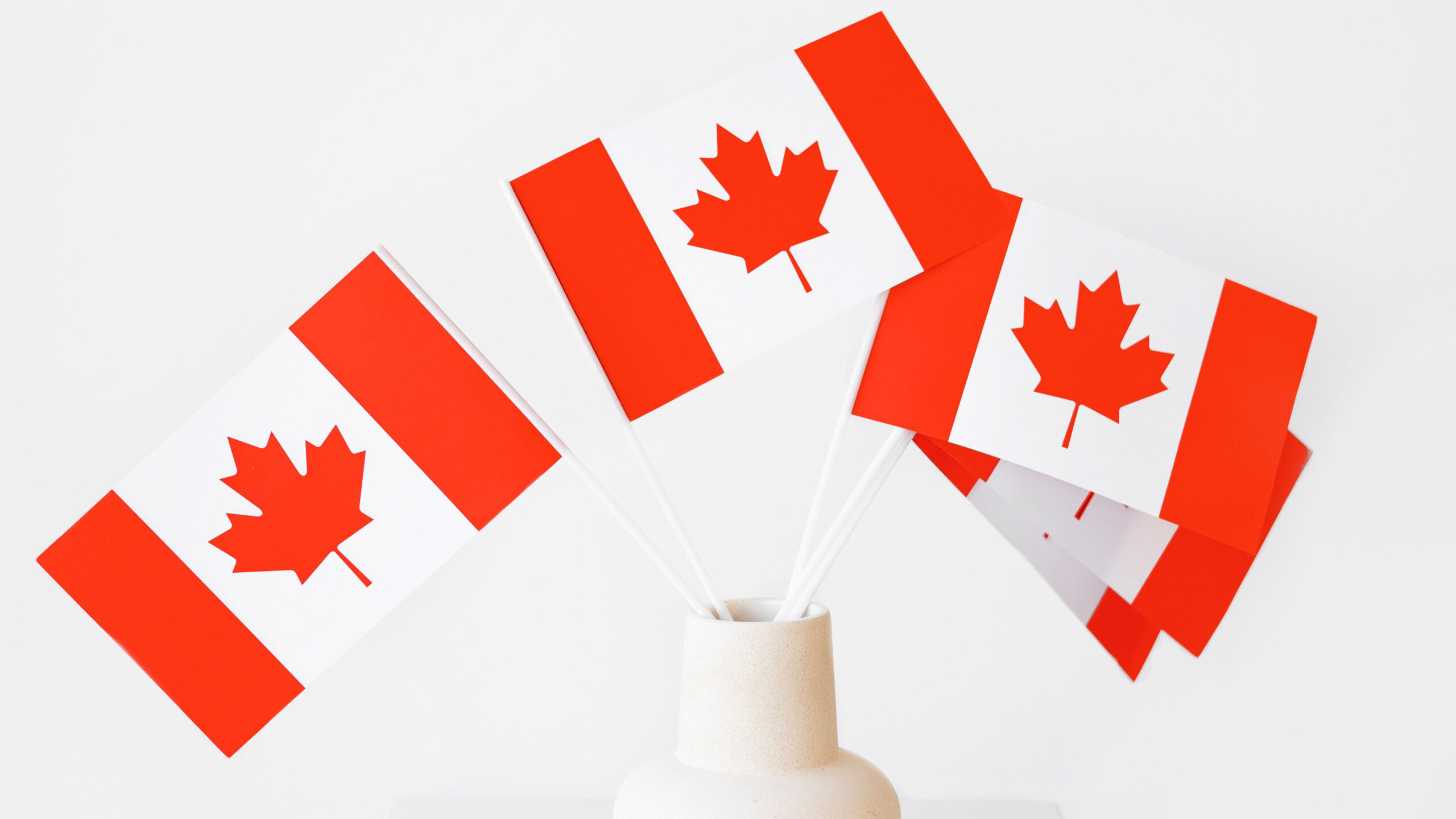R.E.S.P.-ETC. How To Get Free Money From The Government For Your Child’s Education
The Registered Education Savings Plan (RESP) is a government registered savings plan that helps individuals to save for a child’s post-secondary education in Canada. Simply put, the Government of Canada has $7200 per Canadian child that you can access through contributing to an RESP.
CONTRIBUTING TO AN RESP
Anyone can open an RESP for a child including parents, grandparents, family friends and relatives. You can open and start contributing to a child’s RESP as soon as they are born. You can contribute any amount to an RESP up to a lifetime maximum of $50,000 per child.
Cash you put into this savings plan is matched at a rate of 20 cents on the dollar, or 20% up to the annual matching limit of $500. So, with an annual investment of $2500, you will maximize the government contribution of $500 (20% of $2500). You can contribute less than $2500 per year and can carry forward unused CESG room to future years. The CESG is available until the end of the year in which the child turns 17. The lifetime maximum you can receive through the CESG is $7,200.
ILLUSTRATION
:
$2500.00 Paid by You
$ 500.00 Paid by the Canada Education Savings Grants (CESG)
$3000.00 Total Education Savings Fund for your child
BENEFITS OF CONTRIBUTING TO AN RESP
The CESG matching program represents an instant 20% return on investment. Additionally RESPs grow tax free (so long as the investment stays in the RESP, or is used for the post-secondary education of an eligible child). Returns over time can grow into a sizable pot, enabling your children to complete any post-secondary education and graduate with little or no debt.
TYPES OF RESPS
1. Individual Plan: Only one beneficiary is named in the RESP.
2. Family Plan: Can have many beneficiaries. This is an ideal plan for a family with more than one child. Growth or earnings on the plan can be shared by all the beneficiaries.
3. Group Plan: This is an RESP plan where contributions of subscribers are pooled together by a firm offering a group scholarship plan. Investments are managed by the firm and are typically very conservative.
Low-income families may qualify for additional government grants through:
1. Additional Canada Education Savings Grant: You qualify for the additional CESG if your household’s net income is less than $95,259 (2019).
2. Canada Learning Bond (CLB): $500 CLB is initially paid into the child’s RESP to help them get started, and an additional $100 is added each year (if eligible) until they turn 15 for a lifetime maximum of $2000.
3. Provincial Grants: Some provinces also provide grants to encourage eligible residents to save for their children’s education. These include the British Columbia Training and Education Savings Grant, and Saskatchewan Advantage Grant for Education Savings.
For more information on grants and eligibility, visit the Government of Canada RESP page.
Withdrawals From an RESP for Post-Secondary Programs
When your child enrolls in a qualifying post secondary education or training program, they can start receiving payments from the RESP to fund their education. The payments are called Educational Assistance Payments (EAPs). The child will claim the EAP as income on their tax return in the year in which it is received. As the child is a student, they are assumed to have little or no income, resulting in the EAP being efficiently taxes (at a low rate).
What If the Child Decides Not To Pursue a Post-Secondary Program?
If the beneficiary of the RESP plan decides to not pursue a qualified post-secondary program education or training, there are a number of things you can do with the money in the plan:
1. Transfer the RESP to another eligible child.
2. Transfer up to $50,000 to your Registered Retirement Savings Plan (RRSP) or that of your spouse.
3. Withdraw your contributions after paying a tax on the investment returns.
The RESP can stay open for 35 years before it expires.





